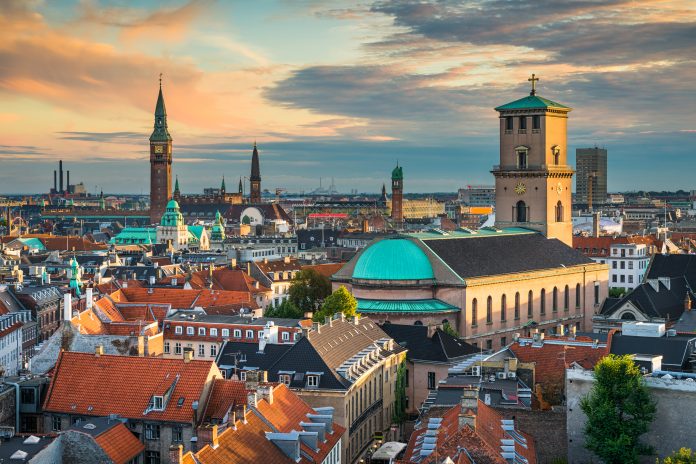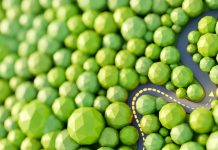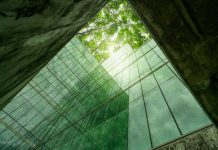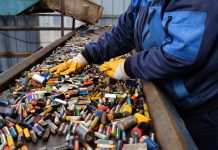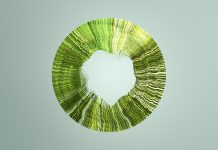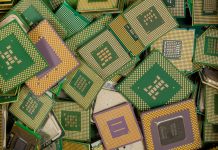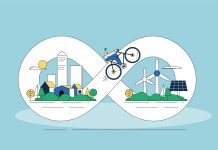Lea Wermelin, Minister for the Environment, Denmark, argues that if we want to lead the way, we have to start with ourselves when it comes to nature, climate and a green agenda
In the most recent general election in Denmark, Mette Frederiksen from the Social Democratic Party became the Prime Minister. It was clear from the beginning that the new government was to focus on nature, climate and a green agenda. That’s what the people of Denmark wanted us to do. The circular economy is an essential action area.
Therefore, as the Minister for the Environment of Denmark, I’ve brought three areas related to the circular economy into focus:
- Less waste.
- More and better recycling.
- Focus on plastics and textiles.
The circular economy is crucial, and we have to act now. Too many years have gone by in which climate and nature research and knowledge have been systematically rejected. Knowledge that sends a clear message: our way of life has a serious downside.
We have to get to work, and who says this is not a good thing? Just consider the win-win of reducing, of separating and of managing plastics appropriately. We get plastics out of nature, and we reduce our use of resources and carbon emissions.
Since ancient times, human development has depended on consuming the wealth and resources of nature. But our consumption has side effects.
It has consequences, and we need to take responsibility for these consequences.
Just as we have prevented poverty, inequality and hate against minorities, we must force a structural change to stop generating the vast quantities of waste we produce today.
More and better recycling
Can almost unused baby clothes be passed on to a friend who is expecting a baby? Can a shapeless t-shirt with paint stains be used for something other than to feed the insatiable waste bin? Couldn’t we find value in what we throw away?
The answer is yes!
We have to find new ways of managing not only plastic, but also textiles, food and all the other things we use and consume, wear and discard, bring into our lives and then throw away. This means that we have to stimulate the sharing economy, recycling and design.
We need to rethink our approach to the wealth of nature and build a sustainable society. This is where our future lies.
Plastics and textiles
There was a time when we would use our clothes until they were worn out. We’d sew, mend and take them up. As we’ve gradually become less used to making and fixing things ourselves, we’ve also become less inclined to recycle. Very few people manufacture the essential textiles that our predecessors had to produce themselves by skinning and tanning, by weaving and sewing, or by cultivating hemp and other crops. Perhaps we don’t quite understand what it takes to manufacture a product? Our delicate hands, unaccustomed to manual work, and our eyes, always fixed on our computer screen, know nothing about work at the spinning wheel and the loom. Do we appreciate the value of a cowhide? The value of timber? Probably not. Is this why we tend not to have our computer repaired if it starts making a buzzing noise? Is this why we burn so many clothes and so much plastic that could have been recycled? Why don’t we fill up bottles and bags in the supermarket instead of buying products in disposable packaging? Because for generations, we’ve become accustomed to doing things in a certain way, and we’ve organised our society accordingly. We’ve developed a use-and-throw-away mentality.
In Denmark, we marked the beginning of a new decade by increasing the packaging tax on shopping bags and disposable tableware.
We did this in order to demonstrate the high value of something we otherwise consider worthless.
Throwing away disposable products comes at a price in the climate and nature equation. This is what we want to put a focus on with our new initiatives.
But it’s complicated. We can’t just handle food, medicine, or other products as we please. We have to consider the safety and hygiene aspects. The major challenge is to organise our society in a smarter way while making sure it doesn’t become less safe. Therefore, we want to develop an action plan for plastic, focusing on putting an end to the unnecessary plastic consumption and the pollution of our nature. We’re aiming to reduce the number of types of plastic so that resources can easily be used over and over again. Just think of packaging.
In Denmark, we’ve come a long way in separating waste. Waste separation raises our awareness of how much we’re consuming. It also raises our awareness of the many different types of plastic out there, and perhaps it makes you wonder: Wouldn’t it be easier if there were fewer types of plastic? If products were designed more intelligently? If there were simpler ways for industry to manage, process and recirculate it all?
Yes.
That’s why, at my initiative, Denmark has joined the work to form a European Plastic Pact. A pact for European countries and companies with high ambitions. Together, we will work for better design, more recycling, a reduction of plastic consumption and limits on exports of plastic waste from Europe. At the same time, Denmark will develop a new and ambitious waste plan which will address a number of challenges.
- How do we prevent waste?
- How do we manage it uniformly?
- How do we separate it in the best way?
We want our children and grandchildren to be able to say: we’re grateful that they acted in time; that they steered society away from its disastrous logic. They began to think circular. They started reusing and recycling. They realised how many jobs could be created if we put faith in innovation and out-of-the-box thinking. They realised that humanity cannot just flood our planet with waste, destroy the home that we share with animals, plants and all other nature. They realised the importance of working across national borders, not least in turbulent times; in times where COVID-19, climate change and mass extinction make for an uncertain future.

